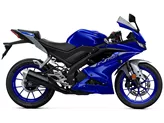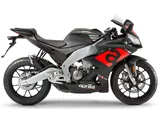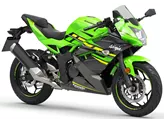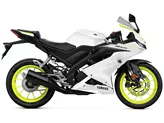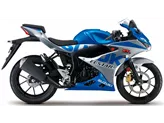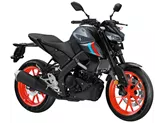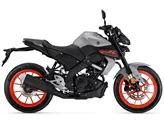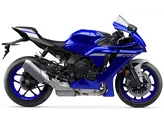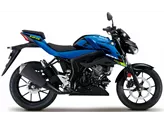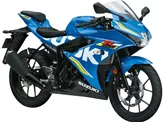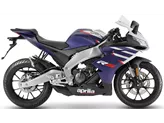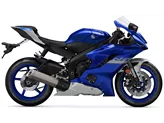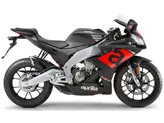Yamaha R125 2019 vs. Suzuki GSX-R 125 2017
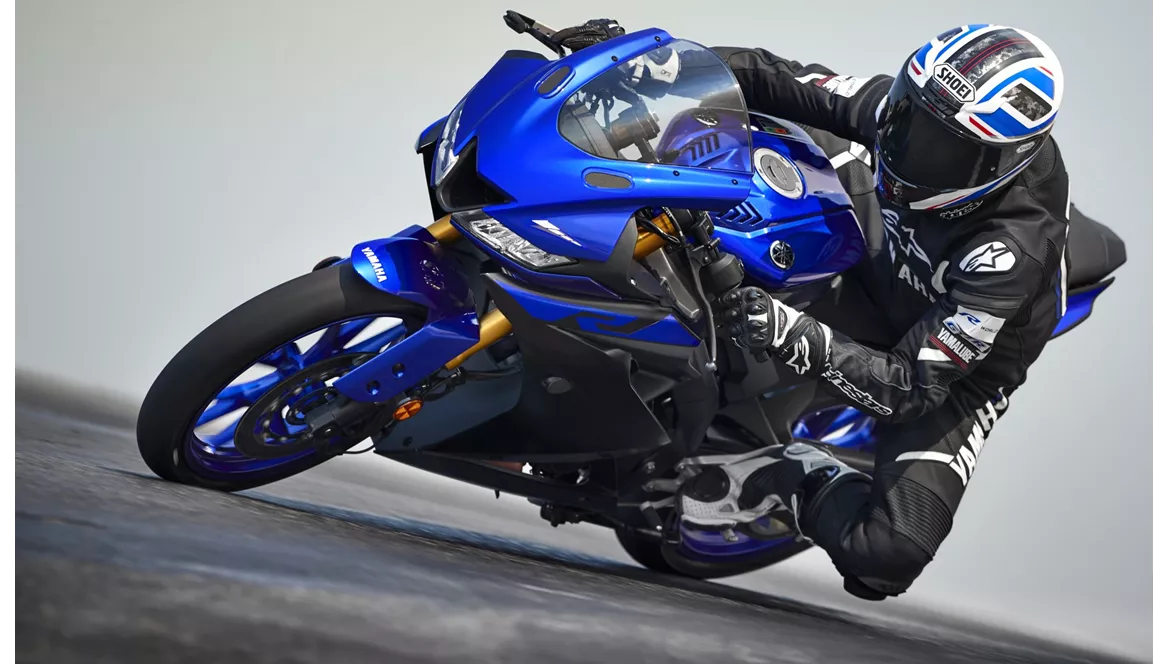
Yamaha R125 2019

Suzuki GSX-R 125 2017
Vue d’ensemble - Yamaha R125 2019 vs Suzuki GSX-R 125 2017
The Yamaha R125 2019 and the Suzuki GSX-R 125 2017 are both supersport motorcycles with similar engine power and displacement. However, there are some notable differences between the two models.
In terms of engine specifications, the Yamaha R125 2019 has a smaller bore and stroke compared to the Suzuki GSX-R 125 2017. This means that the Yamaha R125 may have a slightly higher revving engine, which could result in a more responsive and lively performance. Both bikes have a single cylinder engine with four valves per cylinder, but the Yamaha R125 features an OHC valve system, while the Suzuki GSX-R 125 has a DOHC valve system. This could potentially affect the overall engine performance and efficiency.
When it comes to suspension, the Yamaha R125 2019 is equipped with an Upside-Down telescopic fork at the front, which is larger in diameter compared to the telescopic fork on the Suzuki GSX-R 125 2017. This could provide better stability and handling for the Yamaha R125. Both bikes have a swing arm suspension at the rear.
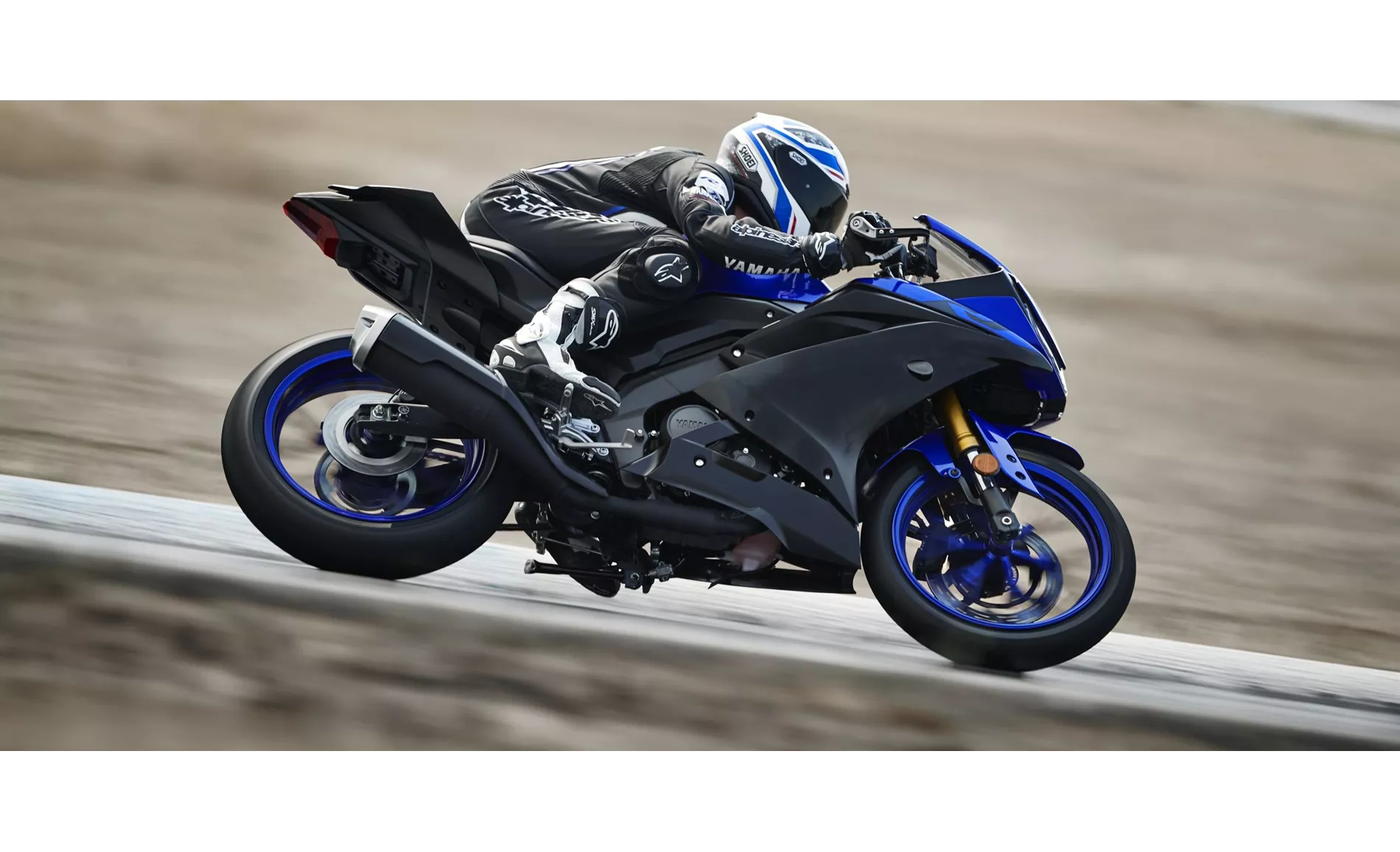
Yamaha R125 2019
In terms of chassis, the Yamaha R125 2019 features a Deltabox frame, which is known for its rigidity and stability. On the other hand, the Suzuki GSX-R 125 2017 has a central tube frame. The different frame types could result in variations in handling and overall ride quality.
When it comes to braking, both bikes have a single disk brake at the front, but the Yamaha R125 2019 has a larger diameter disk compared to the Suzuki GSX-R 125 2017. This could potentially provide better stopping power and improved braking performance for the Yamaha R125.
In terms of dimensions and weights, the Yamaha R125 2019 has a wider front tire compared to the Suzuki GSX-R 125 2017, which could result in better grip and stability. The Yamaha R125 also has a slightly longer wheelbase and a higher seat height compared to the Suzuki GSX-R 125. These differences could affect the overall handling and comfort of the bikes.

Suzuki GSX-R 125 2017
In terms of strengths, the Yamaha R125 2019 is praised for its excellent engine performance, cool looks, sporty chassis, and its capability on the racetrack. It is considered to be a very good supersport package overall. On the other hand, the Suzuki GSX-R 125 2017 is commended for its low weight, strong acceleration for its power output, decent top speed, wheelie capability, LED headlights, and informative display.
In terms of weaknesses, the Yamaha R125 2019 does not have any notable weaknesses mentioned. On the other hand, the Suzuki GSX-R 125 2017 is criticized for its brakes, which could be stronger, and the desire for more front wheel feel.
Overall, both the Yamaha R125 2019 and the Suzuki GSX-R 125 2017 have their own strengths and weaknesses. The choice between the two would depend on the rider's preferences and priorities, such as engine performance, handling, and overall riding experience.
Caractéristiques techniques Yamaha R125 2019 par rapport à Suzuki GSX-R 125 2017
Avantages et inconvénients en comparaison
Avantages et inconvénients en comparaison
Yamaha R125 2019
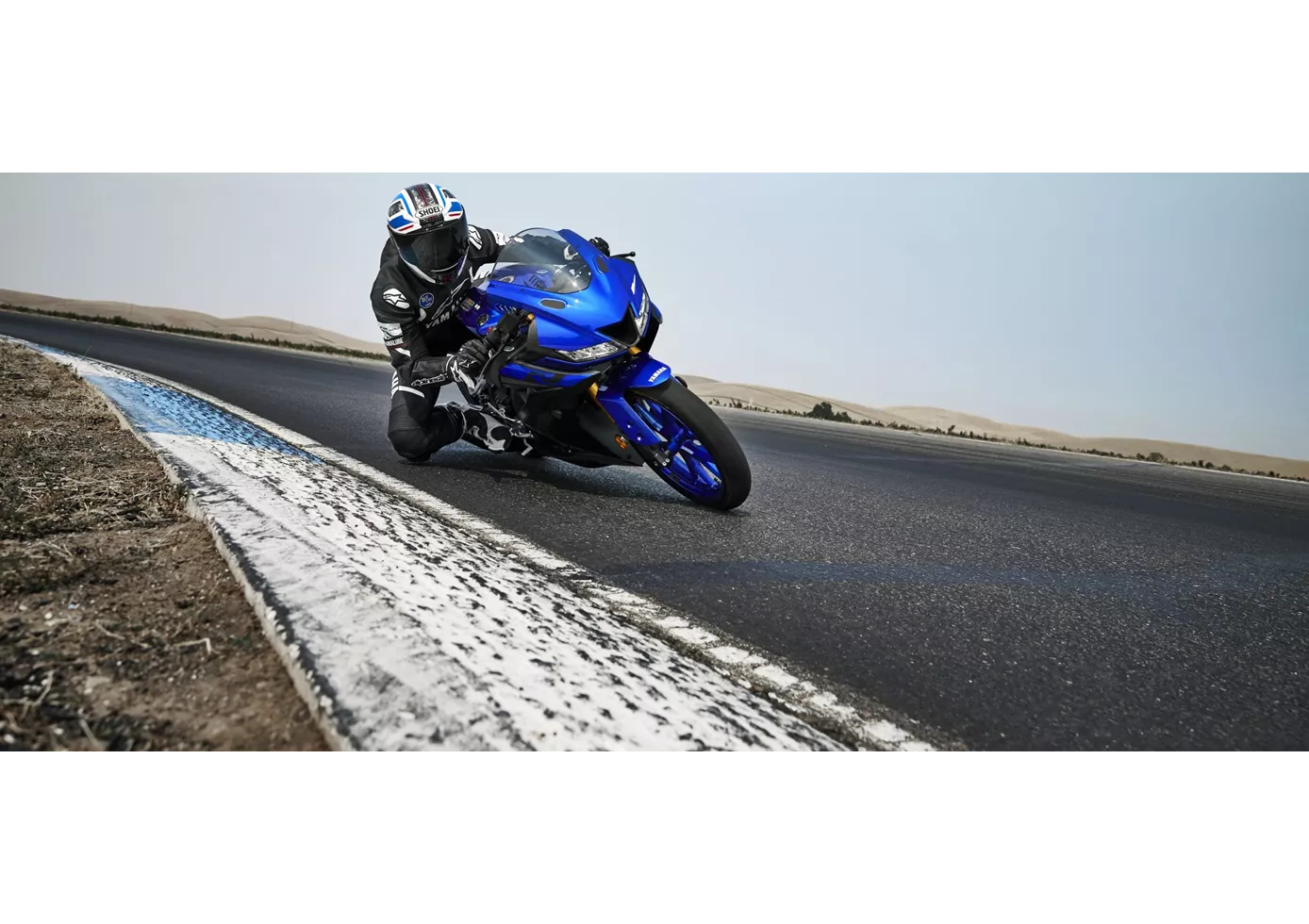
La Yamaha YZF-R125 dans sa version 2019 rend la vie des journalistes difficile. On cherche, on cherche un défaut, mais on n'en trouve pas - c'est tout simplement frustrant ! En effet, le monocylindre de 15 ch à distribution variable (VVA) se comporte remarquablement bien et est sans aucun doute l'un des meilleurs moteurs de la catégorie 125. La maniabilité est convaincante au quotidien comme sur la piste de course, même si le châssis montre son côté sportif sur les irrégularités. Mais nous sommes sur une supersports, ce n'est donc pas une critique à prendre au sérieux. Peut-être que je dois conduire la R125 pendant quelques semaines pour trouver son talon d'Achille après tout...
Suzuki GSX-R 125 2017

Peut-être pas en comparaison avec ses grandes sœurs, mais dans cette catégorie, la GSX-R125 passe quand même pour une vraie supersports. Avec une puissance de 15 CV et une boîte de vitesses à 6 rapports, la Gixxer accélère rapidement vers l'horizon, jusqu'à 125 km/h, grâce à son faible poids de 134 kg. Le poids le plus faible de la catégorie a également un effet positif sur la dynamique de conduite, la GSX-R125 se laisse lancer de virage en virage de manière ludique. Ce n'est que lorsque l'on avance très vite que l'on souhaite avoir plus de sensations avec la roue avant et de meilleurs freins.
Comparaison des prix Prix moyen du marché Yamaha R125 vs Suzuki GSX-R 125
There are a few key differences between a Yamaha R125 2019 and a Suzuki GSX-R 125 2017. It takes less time to sell a Yamaha R125 with 94 days compared to 167 days for a Suzuki GSX-R 125. Since model year 2008 1000PS.de editors have written 19 reviews for the Yamaha R125 and 8 reviews for the Suzuki GSX-R 125 since model year 2017. The first review for the Yamaha R125 was published on 9/12/2007 and now has more than 24,200 views. This compares to more than 50,400 views for the first review on Suzuki GSX-R 125 published on 10/4/2016.


